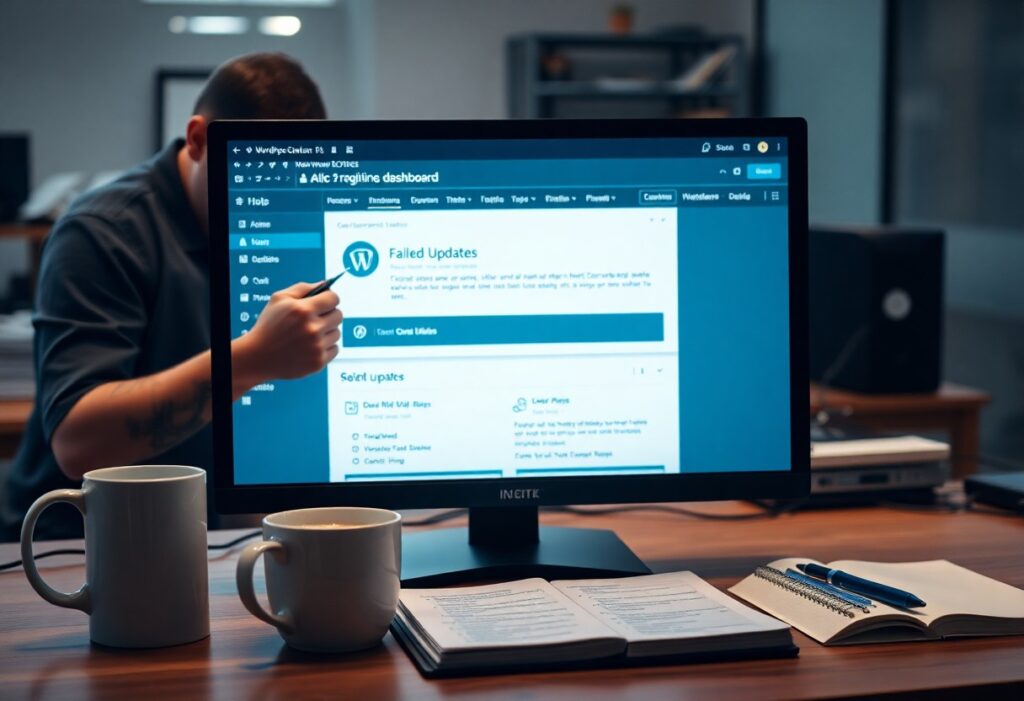Just because your WordPress site was running smoothly in the past doesn’t mean it will continue to do so forever. When you notice a drop in performance, it can be frustrating, especially when you’re unsure of the cause. One common culprit behind a sluggish site is plugin conflicts. This guide will help you identify if plugin conflicts are impacting your site’s speed and how you can troubleshoot the issue effectively.
The first step in identifying a potential plugin conflict is to evaluate your site’s current performance. You can use tools like Google PageSpeed Insights, GTmetrix, or Pingdom to analyze your site speed. Take note of the load times and any specific recommendations these tools provide. This baseline information will help you determine if any improvements occur as you troubleshoot.
Next, start by disabling all your plugins. This step may sound drastic, but it is a fundamental troubleshooting method. To do this, navigate to your WordPress dashboard, then go to Plugins > Installed Plugins. Here you can select all plugins at once and use the bulk action dropdown to deactivate them. Once all plugins are deactivated, check your site speed again. If your site performance improves significantly, it’s a clear indication that a plugin conflict is the issue.
Now that you’ve established there is indeed a conflict, you will want to reactivate your plugins one at a time to isolate the problem. Start with the most important plugins that you rely on and activate one at a time, checking your site speed after each activation. This process will help you identify which plugin is causing your site to slow down. Be patient, as this step may take some time, but it’s worth the effort to pinpoint the slow plugin.
If you find that a particular plugin is causing your site to lag, consider finding an alternative that provides similar functionality without the performance issues. You can search the WordPress Plugin Directory for lesser-known options that might not be as resource-heavy. Additionally, you can check for updates for the offending plugin, as developers often release patches to improve performance and compatibility with other plugins.
Once you successfully identify the conflicting plugin, it can also be useful to reach out to the plugin developer. Providing them with information about the conflict could help them address the issue in future updates. Moreover, participating in community forums can sometimes reveal if others are facing similar conflicts and may offer quick solutions.
In addition to dealing with plugin conflicts, ensure your WordPress installation and themes are always updated. Outdated software can lead to compatibility issues and slower performance. Regular maintenance checks on your website can go a long way in preventing such sluggishness in the future.
To wrap things up, by systematically disabling and reactivating your plugins, you’ll be able to identify if any particular one is slowing down your WordPress site. Whether it’s finding alternatives or reporting issues to developers, you have steps at your disposal to enhance your site’s performance. Keep an eye on your site’s health regularly, and you’ll maintain a faster, more efficient WordPress experience.




